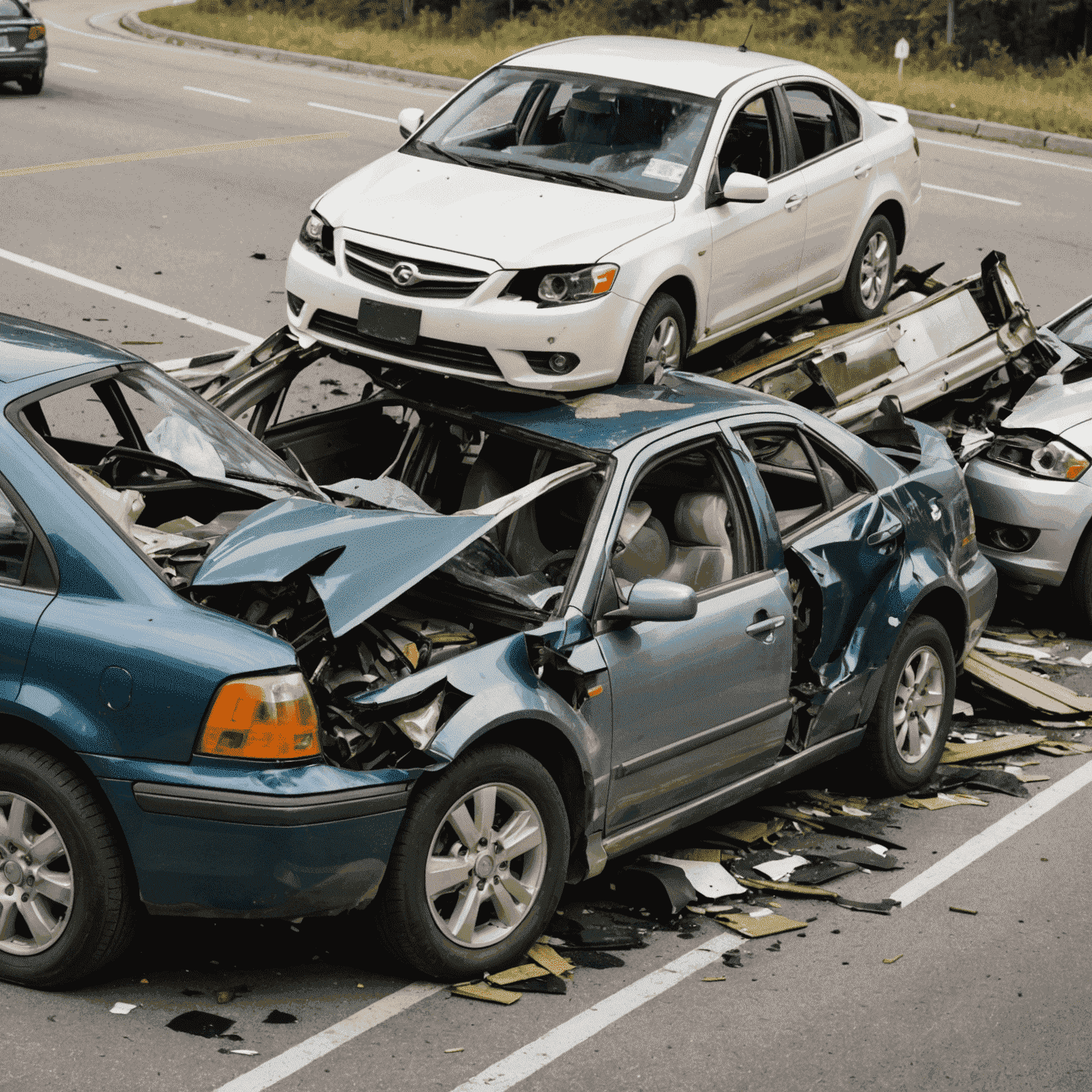Collision vs. Comprehensive Coverage: What Canadian Car Owners Need to Know

When it comes to protecting your vehicle in Canada, understanding the difference between collision and comprehensive coverage is crucial. Both types of coverage offer important safeguardss, but they cover different scenarios. Let's break down what each type of coverage entails and why you might need them.
Collision Coverage
Collision coverage is designed to protect your vehicle in the event of a collision with another vehicle or object, regardless of who is at fault. This type of coverage coverage will help pay for repairs to your car or, in some cases, replace your vehicle if it's deemed a total loss after an accident.
What Collision Coverage Typically Includes:
- Accidents involving other vehicles
- Single-car accidents (e.g., hitting a tree or pole)
- Rollovers
- Hit and run incidents (where your parked car is struck)
Comprehensive Coverage
Comprehensive coverage, on the other hand, protects your vehicle from damage that occurs outside of collisions. This type of coverage is sometimes referred to as "other than collision" coverage and can be valuable for protecting against a wide range of potential hazards.
What Comprehensive Coverage Typically Includes:
- Theft
- Vandalism
- Fire
- Natural disasters (e.g., floods, hail, falling trees)
- Damage from animals
- Broken windshields or windows
Why Canadian Car Owners Might Need Both
While collision and comprehensive coverages are often optional in Canada (unlike mandatory liability coverage), many car owners choose to have both for several reasons:
- Complete Safeguarding: Together, these coverages provide a comprehensive shield against most types of vehicle damage.
- Lease or Loan Requirements: If you're leasing or financing your vehicle, your lender may require both types of coverage.
- Peace of Mind: Knowing you're protected against a wide range of potential damages can provide significant peace of mind.
- Canadian Weather Conditions: Given Canada's diverse and sometimes extreme weather, comprehensive coverage can be particularly valuable.
Factors to Consider
When deciding on your coverage coverage, consider the following:
- The value of your vehicle
- Your budget for coverage premiums
- Your risk tolerance
- Where you live and park your car (urban vs. rural areas)
- Your driving habits and history
Remember, while having both collision and comprehensive coverage provides the most security, it's important to balance your need for coverage with your budget. Consult with a certified coverage professional to determine the suitable coverage options for your specific situation in Canada.